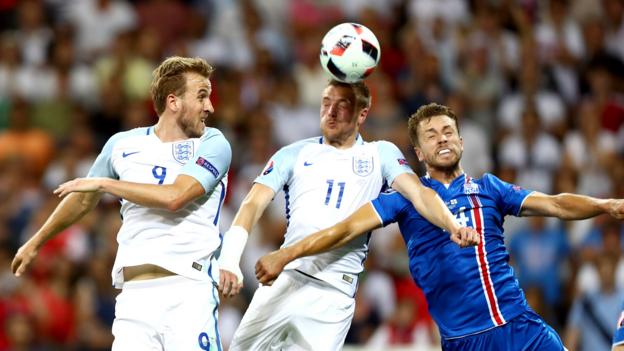The first exciting finding was that each team’s score on one of the constituent tasks correlated with its score on the other tasks. In other words, there appeared to be an underlying factor (rather like the underlying brainpower that is meant to be reflected in our general intelligence) that meant that some teams consistently performed better than others.
Crucially, a group’s success appeared to only modestly reflect the members’ average IQ. Nor could it be strongly linked to the highest IQ within the group. The teams weren’t simply relying on the smartest member to do all the thinking.
Since they published that first paper in Science in 2010, Woolley’s team has verified their test in many different contexts, showing that it can predict the success of many real-world projects. They studied students completing a two-month group project in a university management course, for instance. Sure enough, the collective intelligence score predicted the team’s performance on various assignments. Intriguingly, teams with a higher collective intelligence kept on building on their advantage during this project: not only were they better initially; they also improved the most over the eight weeks.
Woolley has also applied her test in the army, in a bank, in teams of computer programmers, and at a large financial services company, which ironically had one of the lowest collective intelligence scores she had ever come across. Disappointingly, she wasn’t asked back; a symptom, perhaps, of their poor groupthink.
Behaviours that help
The test is much more than a diagnostic tool, however. It has also allowed Woolley to investigate the underlying reasons why some teams have higher or lower collective intelligence – and the ways those dynamics might be improved.
One of the most consistent predictors is the team members’ social sensitivity. To measure this quality, Woolley used a classic measure of emotional perception, in which participants are given photos of an actor’s eyes and asked to determine what emotion that person is supposed to be feeling, with the participants’ average score strongly predicting how well they would perform on the group tasks.













